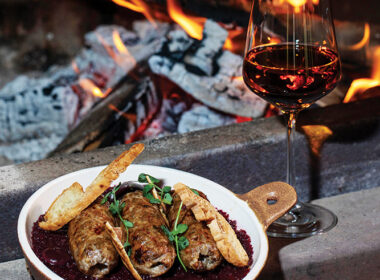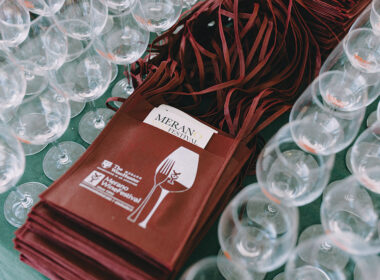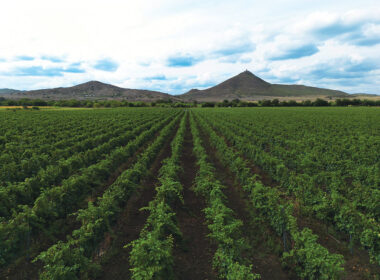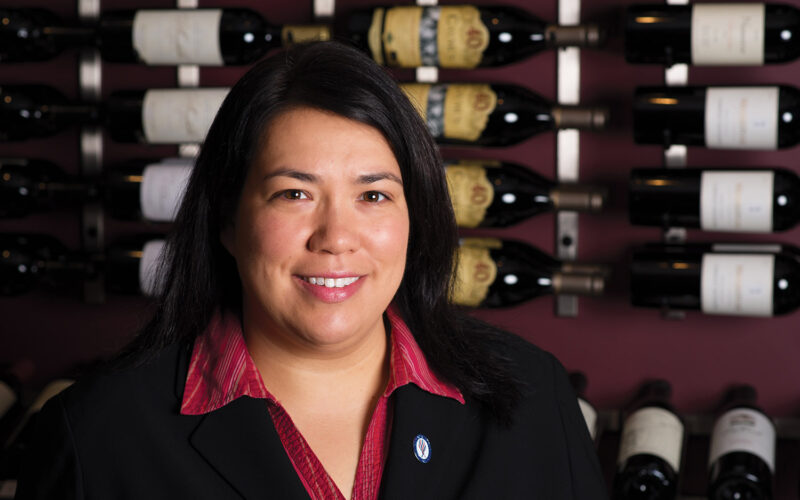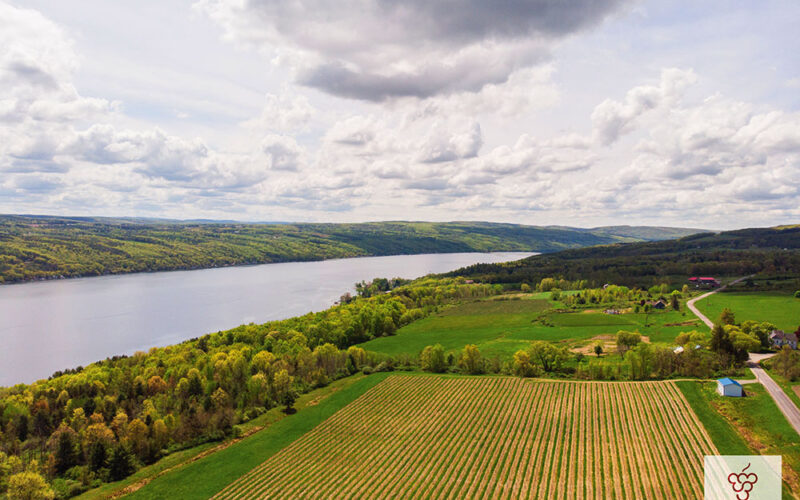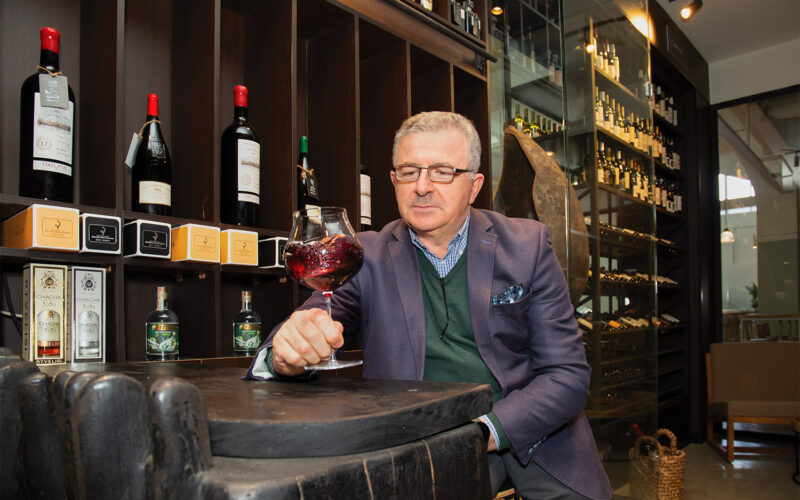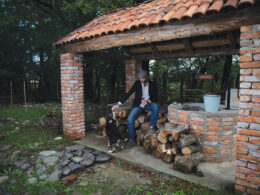Erika Frey DipWSET | Erica from America co-founder of Saperica.
Erika Frey is a wine educator and consultant with over 25 industry certifications including Certified Sommelier and the WSET Diploma in Wine and Spirits. She is the Assistant Manager and Wine Buyer at Winestone, a boutique wine shop in Chestnut Hill, MA, where she specializes in building awareness and interest in lesser-known wine regions and categories. Erika is also a WSET Certified Educator in Wine and Spirits. She teaches all levels of the WSET Wines program for the Commonwealth Wine School and Grape Experience. Recently, she has also collaborated with the Khetsuriani Sommelier and Wine School in the Republic of Georgia to offer the WSET Level 3 qualification. Erika has been invited as a speaker for Georgian Wine House, Dr. Konstantin Frank Winery, FLXcursion, the Ghvino Forum, and Cornell University.
“Saperica is the culmination of many years of friendship and a shared enthusiasm for wine between Lasha Tsatava and myself. During the past several years, Lasha and I have been studying the most commercially significant wines of the world, and we have applied this knowledge to the evolving wine industry in Georgia.
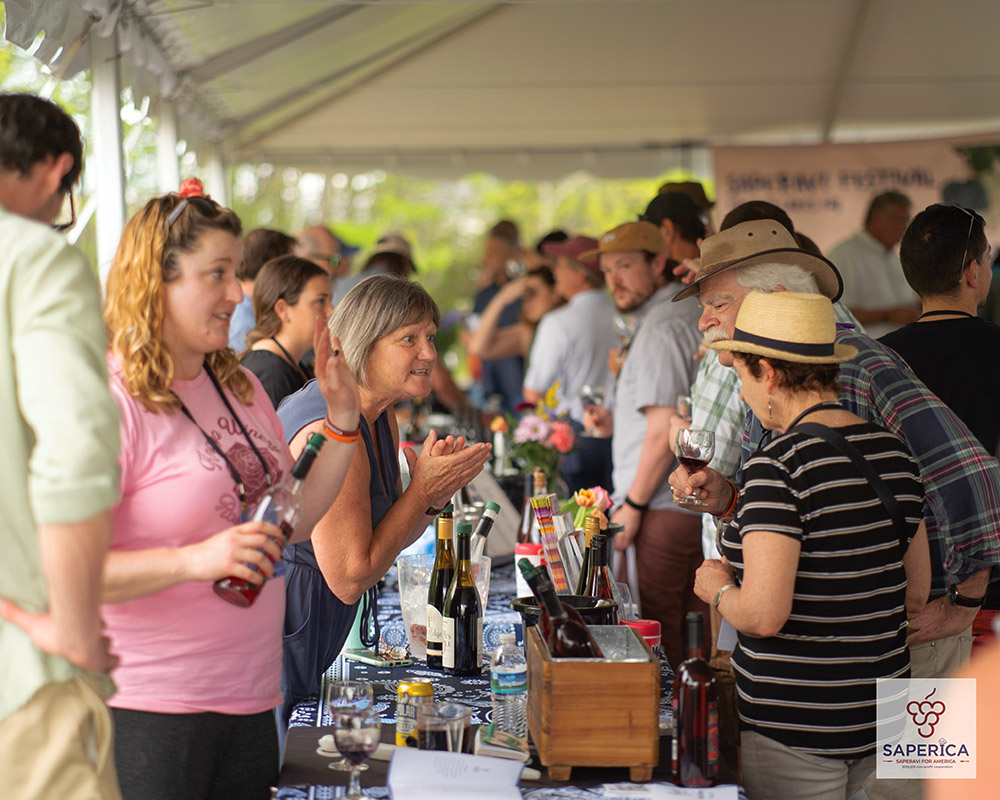
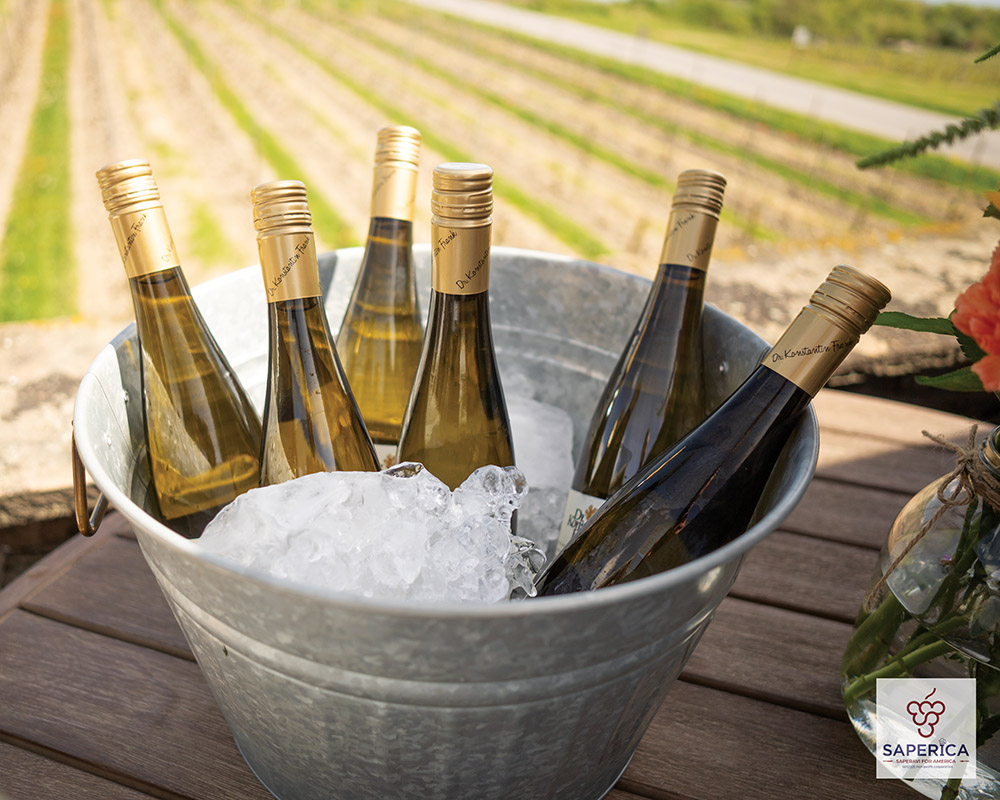
My ties to the Finger Lakes wine region in New York state allowed us to make some important connections to wine producers who are growing Saperavi and Rkatsiteli in the United States. We believe that one approach to familiarizing the U.S. consumers with Georgian grape varietals is to show them that these varieties are also grown domestically. We then can link these domestic wines to the Georgian heritage and culture that is behind these grape varieties. This is one of the main purposes of Saperica’s mission – to promote Georgian grape varieties through this connection to the Finger Lakes region. It is a truly unique approach that benefits both of these wine regions. In a competitive wine market like the United States, it’s extremely important to come up with initiatives that are new, fresh and different. This is what Saperica aims to do.
At the moment, Rkatsiteli is the main Georgian variety known besides Saperavi. Rkatsiteli is also grown domestically in the United States in places like New York, Massachusetts, and Virginia. It’s a difficult name for Americans to pronounce so it has often been shortened to “R-kats”. Saperavi and Rkatsiteli are also the most common varietals for Georgian wines imported into the United States.
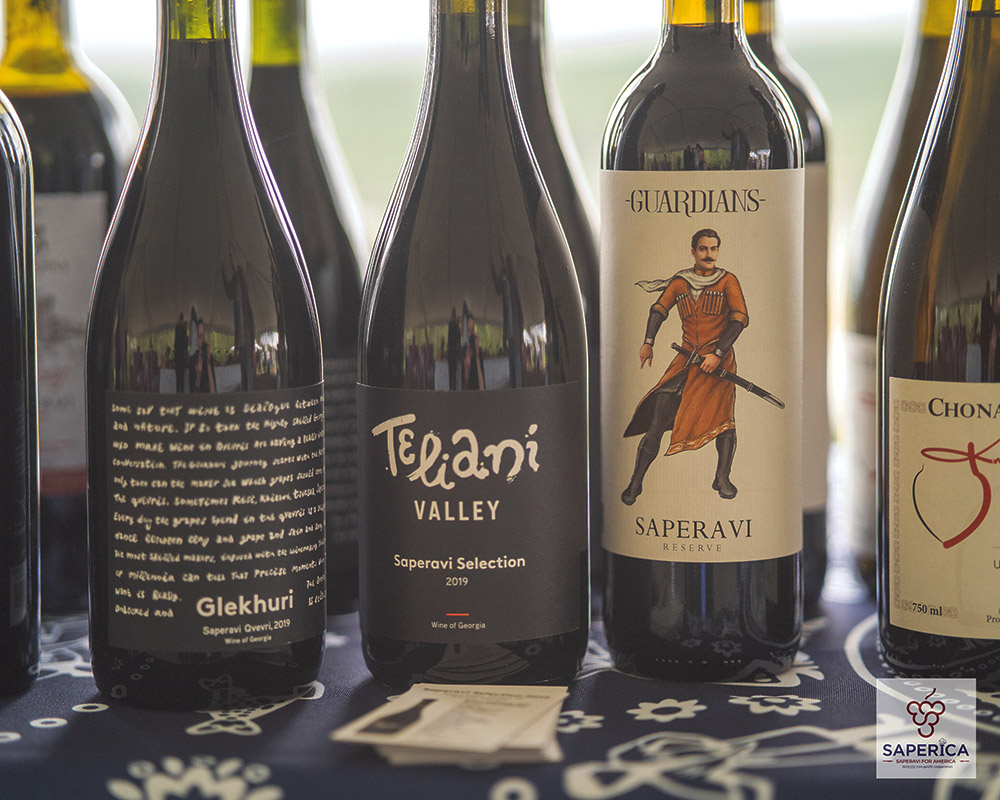
Some of the more educated and adventurous U.S. consumers are starting to recognize Mtsvane, Tsolikouri, Kisi, and Otskhanuri Sapere, however, it will be a long time until any of these names will be commonly known. Let’s compare with Italy, for example, which is the largest importer of wine into the United States. Americans are just starting to have some familiarity with the names of the indigenous Italian grape varieties.
Domestically produced wines in the United States (mostly from California) are typically fruit-forward with a clear presence of new oak in most red wines and in some of the white wines. This has shaped the American palate for wine. For example, New Zealand Sauvignon Blanc is very popular in the States. It is a very bold flavored, aromatic and fruity white wine. After Italy and France, New Zealand ranks 3rd for wines imported into the United States. I think there would be more potential for Georgian wines in the United States market if Georgian wine producers focused on emphasizing fruit aromas and flavors.
It is important to note that Americans do not have a strong food and wine pairing culture. We are almost as likely, if not more likely, to drink a glass of wine by itself. Therefore, it is very important that a wine can be enjoyed on its own. It is a bonus when the wine can also pair well with food.”
Amber wine
In the category of skin contact white wines, the Georgian amber wines are unlike anything else I’ve tasted in the world of wine. For those U.S. consumers who are educated about Georgian wine, these are the wines they seek out because they are unique and stand out from the rest.
“The Georgian wine industry is at a very exciting point in its history. A new generation of winemakers is emerging. They are learning new techniques and technology, but they are blending them with traditional winemaking and indigenous grape varieties. I never want the Georgian wine industry to lose its ‘Georgian-ness’, and I am inspired by these wine producers who are shaping the future of the Georgian wine industry.”
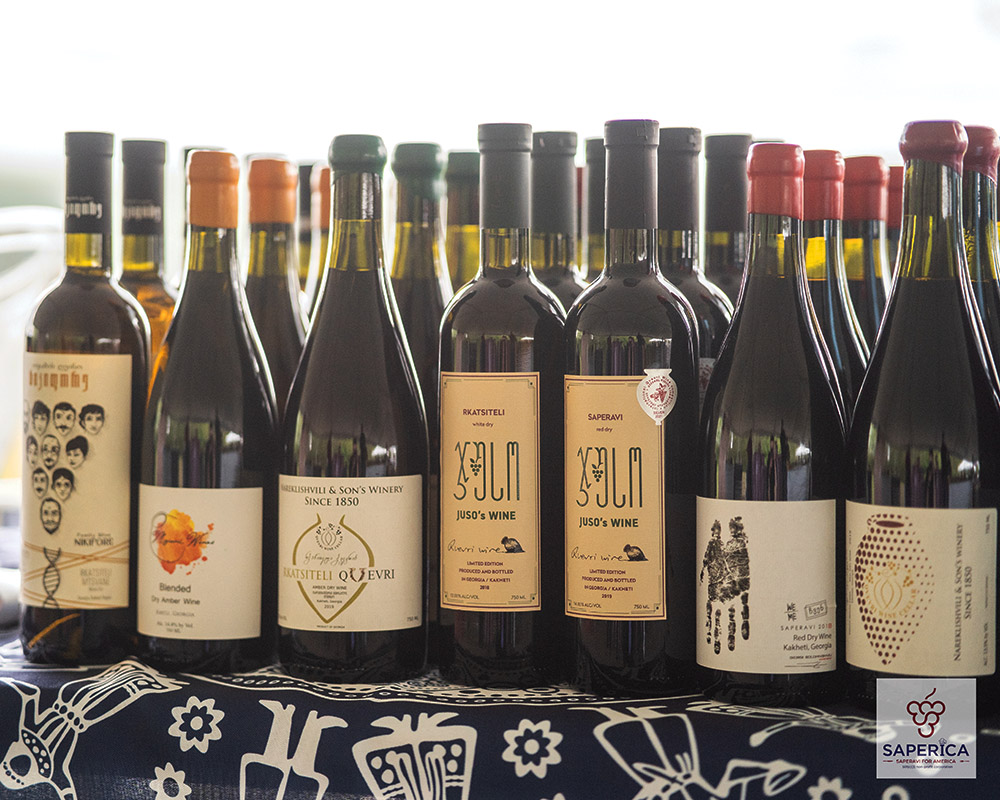
3 important pieces of advice for Georgian wine producers that wish to sell their wines on the U.S. market:
1. Georgian producers should understand that the American wine market is very competitive. They should familiarize themselves with wines of similar quality and price point against which their wine will have to compete.
2. When it comes to wine, Americans are focused on grape variety and/or brand. With so many wines to choose from, U.S. consumers are usually looking for something that they recognize on the label like a well-known grape variety or wine producer. When they don’t see a name they recognize, they will look for an eye-catching label.
3. The United States does not have a tradition of drinking wine with food. It is very important that a wine can be enjoyed on its own with the added possibility of pairing it with food. When wine is paired with food, it’s not necessarily being served with food from the same region. While the number of Georgian restaurants in the United States seems to be growing, most Americans don’t have access to good Georgian food so they will be pairing Georgian wines with other types of cuisines.

